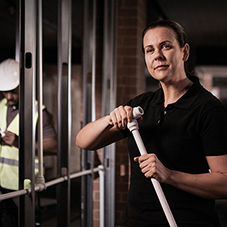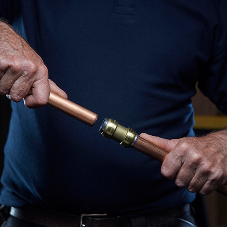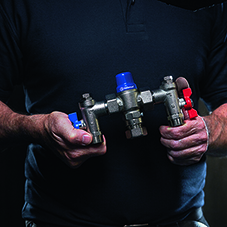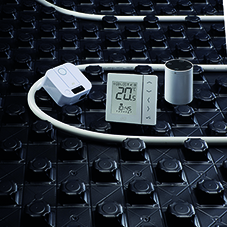From the outside looking in, some would think that there’s little difference between first and second-fix plumbing, and that products can be installed at any stage when starting a construction project. However, whether you’re a seasoned installer or even just getting started in your career, you’ll know that this is not the case. Even so, RWC thought it would be handy to explain the difference between the two, as well as share some handy tips to make both stages a little easier.
So firstly, what is the difference?
Well, it’s exactly as it sounds. The term “first-fix plumbing" happens first in the new build process and is all about routing and laying the pipework to create a strong foundation.
Whereas “second-fix plumbing” is the process of connecting the appliances and fixtures to the pipework and adding the finishing touches to a home.
These phrases are used to describe the various stages of a new build construction project, allowing developers and tradespeople to track the progress and timing of each installation. Seems simple right? However, there are a few considerations for you to bear in mind.
Planning the pipework
The work on a new build doesn’t take place all at once resulting in the need for installation stages, and the first stage for plumbers is the pipework. Here it’s best to ensure each run of pipe you install is traceable, so others can clearly see the pipework destination to avoid disruption to the build timeline.
Any pipe that is small, durable, and flexible will make your job ten times easier. Not only does this cut down on the number of fittings you’ll have to use, but considering that pipes may need to be routed through awkward and confined spaces, flexible solutions are quickly going from a “nice to have” to a “need to have.
With these challenges in mind, they have designed the innovative JG Layflat Polybutylene Pipe which is ideal for short and long pipe runs as it ‘lays flat’ straight from the coil thanks to its ultra-flexible material.
Considering that JG Layflat pipe needs to be fitted with pipe inserts before a connection is made; where connections are required, JG Speedfit Twist & Lock® fittings should be a go to solution. The fittings feature a grip and seal™ collet with stainless steel teeth, which means that they can be mounted and demounted in seconds, and makes them well suited to both first and second fix installations. What’s more, the fittings feature dual o-rings, which, when combined with JG Speedift Superseal pipe inserts, form a unique multiseal.
RWC's JG Speedfit PEX Barrier Pipe is also a handy product to have in the van. A less flexible solution than polybutylene, but therefore more rigid, and durable. Therefore, it's especially suited to being installed into a screeded floor for UFH. Both pipe variants feature a 5 layer construction which prevents air ingress and reduces the effect of corrosion on the metal components - a great choice for both hot and cold water.
Understanding UFH
To avoid any delays in the second-fix phase, it’s so important to lay the pipework correctly for UFH in the first stage, as well as pressure test the system to ensure it's running at a safe pressure. RWC would recommend pressure testing the system at 6 bar to ensure that the pressure will remain stable if it ever rises above this level, preventing the need to lift the floor for additional maintenance. Additionally, in solid floor UFH projects, the pipe should be filled prior to the screed being laid on top, as this prevents the pipes from compressing as the screed dries.
According to a 2019 study by AMA Research, underfloor heating now accounts for 7.7% of the UK's heating industry - resulting in the need for quick, efficient and safe installations within new build homes.
Pipework for UFH also requires flexible and robust piping to provide durable installation. The 12mm JG LowFit Layflat Barrier Polybutylene Pipe complements low profile UFH, which is designed to increase the floor height as minimally as possible. This is preferable in retrofit projects, but also works well for new installations.
Valve safety
As mentioned, the second-fix phase involves connecting the pipework to the appliances, and this is where valves take the main stage. Here, it’s essential to consider all potential risks to the water supply when installing valves, including pressure, backflow, and temperature regulation.
When fitting pipework and appliances within a home, backflow is one outcome that can cause serious health hazards if the right precautions aren’t in place. As a result, backflow prevention products such as a double-check valve are required to protect against the risk of backflow and back siphonage contamination.
To avoid any risk, the Floguard Double Check Valve from Reliance Valves contains two valves, and in the unlikely event that one valve fails, the other acts to prevent backflow and contamination in the mains water supply - providing double the protection and reassurance.
Water Supply (Water Fittings) Regulations (1999) for England and Wales (By-laws in Scotland) have identified five fluid categories, each representing a higher degree of risk. Fluid Category 1 is considered safe, while Fluid Category 5 presents a very serious health hazard.
RWC recommend staying up to date with the associated five risk categories to ensure safe plumbing systems are installed - you can find out more on the blog here.
Knowing there’s a lot to consider when taking on the plumbing in a new home, here are some first-fix tips RWC thought may come in handy:
• Limit long lengths of pipework - straight pipes are more susceptible to bacteria breeding. Corners create turbulence, therefore reducing the chance of bacteria growth.
• Always pressure test the central heating system to avoid flow restrictions.
• Make sure your pipework is traceable with pipe foil to ensure easy access and maintenance in the future.
And last but by no means least, some second-fix tips for your next project:
• Test and then test again, it’s always worth testing appliances after installation to avoid disappointed customers.
• Ensure all second-fix valves and tap connectors are easily accessible for maintenance and inspection.
• Check all second-fix valves adhere to current industry regulations.
• Understanding the differences between first-fix and second-fix plumbing is crucial for any successful construction project. But in both cases, taking the time to plan your pipework, staying up to date on the latest industry regulations, and using innovative solutions from RWC can go a long way to ensuring your plumbing system is safe and efficient.
First and second-fix plumbing - what’s the difference?
| T | (01895) 425333 |
|---|---|
| E | Info@RWC.com |
| W | Visit RWC – Reliance Worldwide Corporation's website |
| Horton Road, West Drayton, Middlesex, UB7 8JL |


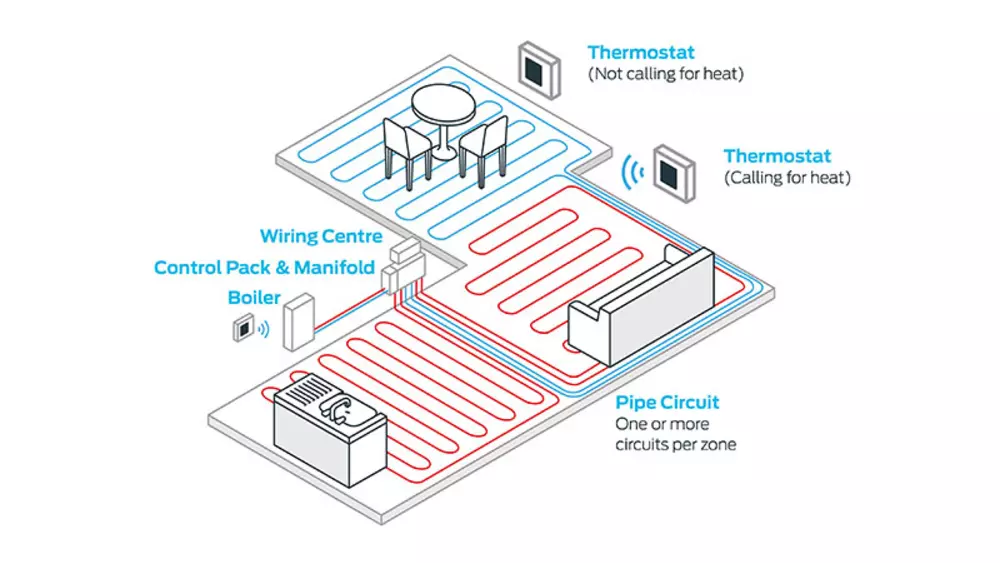
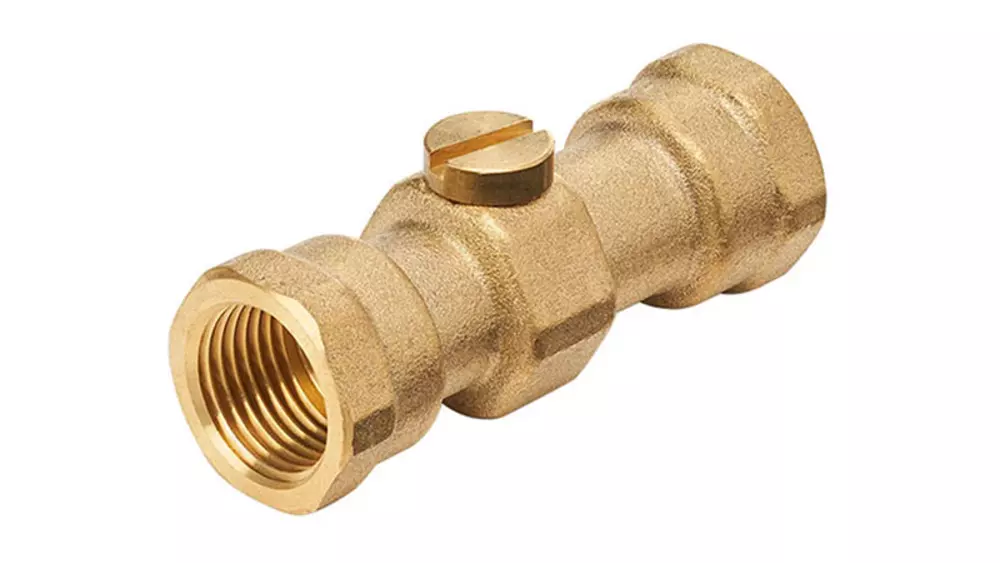
 (002)-comp104848.png)
